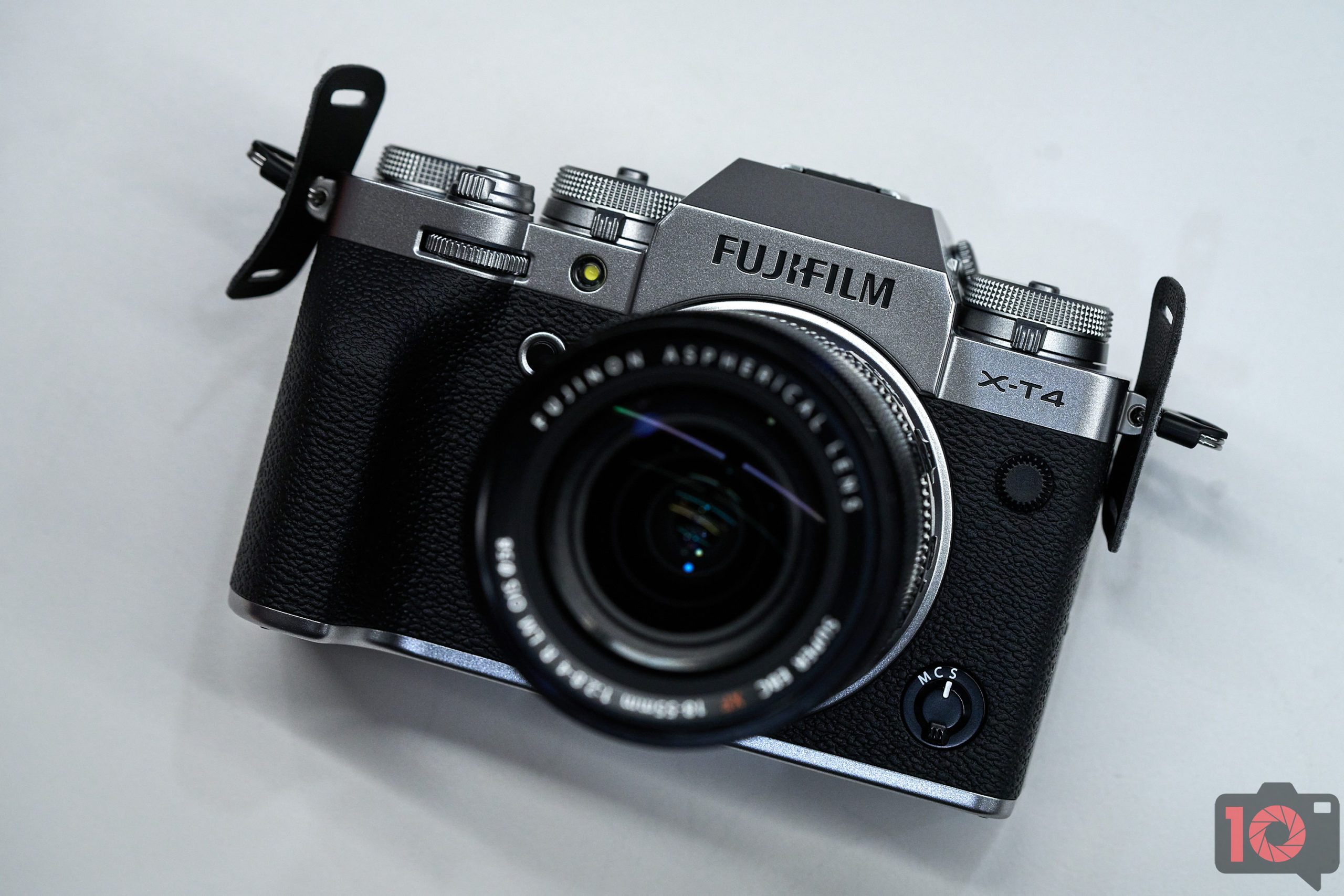Last Updated on 07/12/2020 by Mark Beckenbach
Stop believing that you must own a full-frame camera to be a pro: it’s simply not true and these small sensor cameras prove it.
You can’t be a pro unless you use Full Frame! You can find this kind of toxic rhetoric all over the web, especially on YouTube, where many self proclaimed photography overlords live. The truth is, you don’t need a Full Frame camera if you want to take professional-looking images. Professional looking images come from the person who uses the camera as a tool, and not from the camera itself. Any photographer worth their salt can create greatness with any type of camera, even small sensor cameras. After the break, we will look at some small sensor cameras that aren’t only the best in their class, they are some of the best cameras on the market. Period!
It’s a shame the Full-Frame hype train is still going strong because there are a lot of fantastic small sensor cameras on the market that are being overlooked thanks to the fake news being put out there. Yes, Full Frame cameras certainly have their place, but the notion that you’re not a pro unless you have one in your hand is utter rubbish.
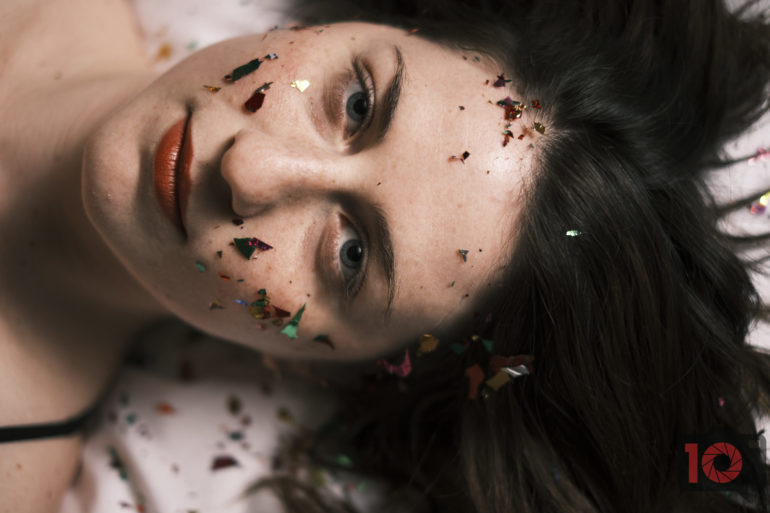
I have been using APS-C and Micro Four Thirds cameras professionally for a long time, and I never get complaints. I actually enjoy using them thanks to the size and weight benefits, as well as just how fantastic images can look from small sensor cameras. What’s in my bag? I currently employ an Olympus E-M1 III, an Olympus E-M10 II, and an old but still hard to beat Pentax KS2, and I don’t have any problems.
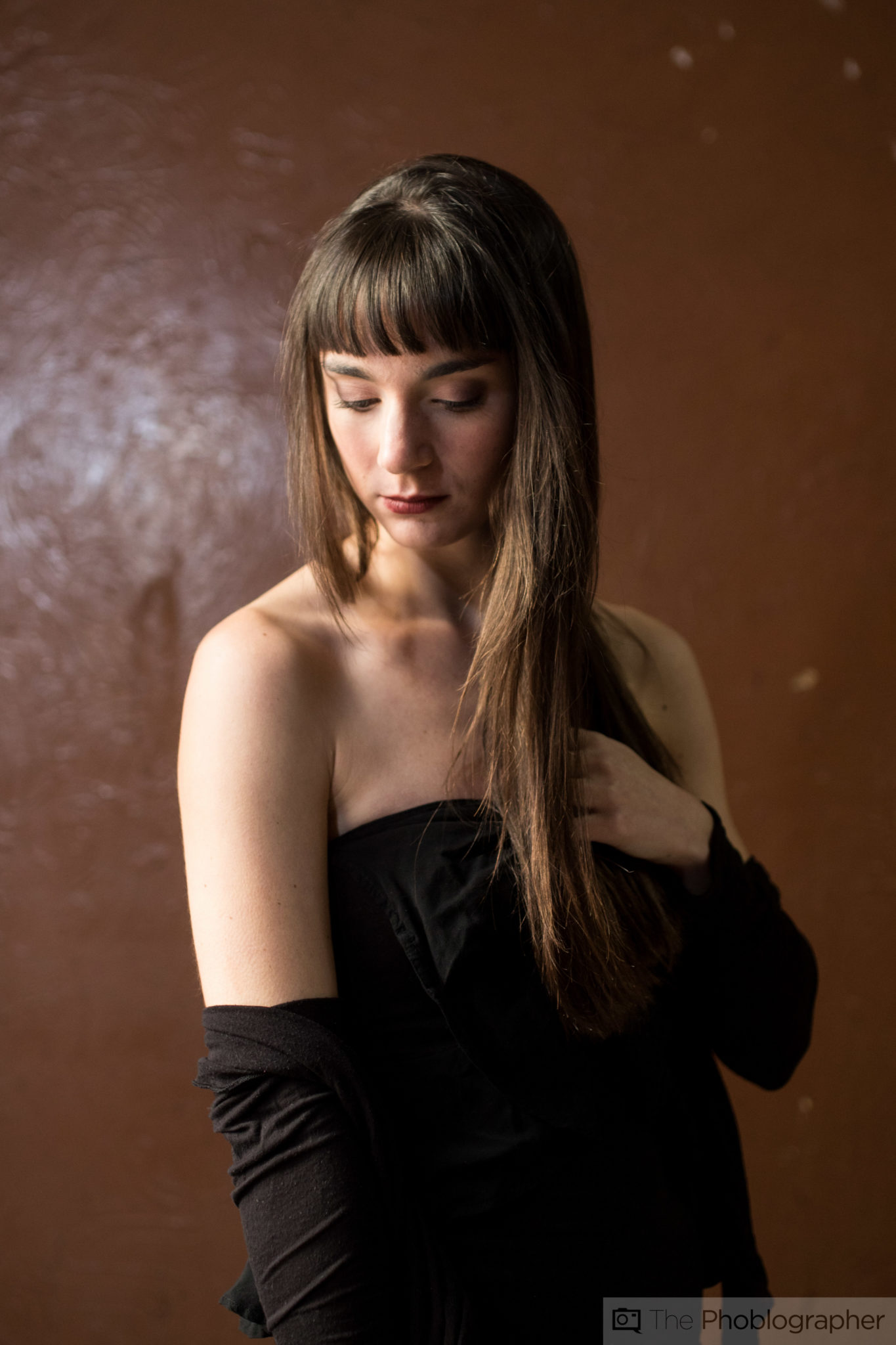
Wait, the Full-Frame army is waving pitchforks in the air, and they’re shouting, “But you can’t shoot in low light unless you have Full Frame!” Sigh. Yes, you can, and I frequently do. Sensor and image processing technology, as well as IBIS, have come so far in the last few years that shooting in low light with small sensor cameras (even M4/3) is easier than ever before. If you haven’t picked up any M/43 or APS-C cameras since 2014, I can see why you might believe that, so I implore you to get some of these cameras in your hands so you can see what they can do. Now, let’s dive into the list of small sensor cameras, both APS-C and Micro Four Thirds, that will serve any pro well.
Table of Contents
Fujifilm X Pro 3
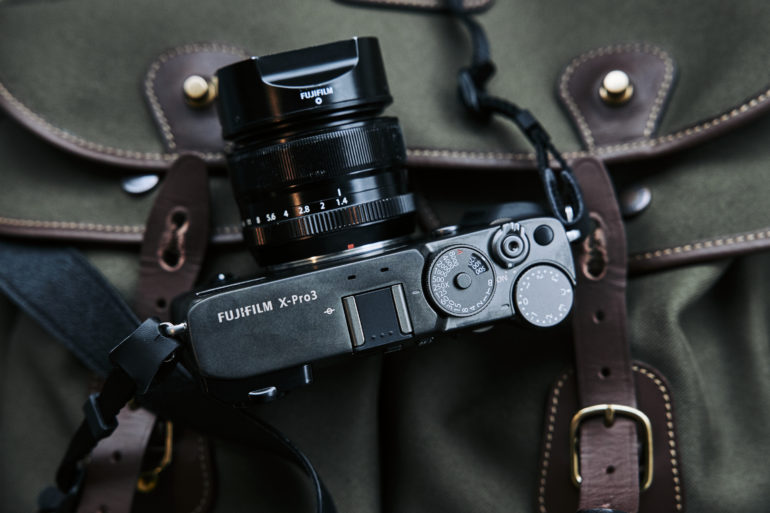
Here are the pros and cons from our full review:
Pros
- Superia is beautiful (Classic neg)
- We love the lack of no major screen
- Autofocus can be fine-tuned for different situations, but still isn’t perfect
- Everyone loves the look of Classic neg
- You can push the shadows for forever and get details – the Highlights not as much, but they’re still there
- The screen helps you stay focused and aware
- USB C charging ensures that you can keep using the camera
- Video features deliver pretty video
- Arguably, you don’t need to edit the RAW files because the JPEGs let you do so much
- For street and documentary shooting, the hidden screen will keep you in the zone when shooting
- Face detection is fantastic when not trying to track erratic movements
- Acros and clarity enhancements are going to make you fall in love with Fujifilm all over again
- The Chrome effect for skies is very nice, but sometimes very subtle
- Autofocus is fantastic for events and most professional work
- Fujifilm’s collection of small primes pair wonderfully with this camera
- The best camera to embrace high ISO noise on the market
- Using the OVF will prolong battery life at the expense of slower autofocus
- This is less of a street camera than it is a documentary and event shooter’s camera
- The wider lenses make zone focusing easy. This is imperative for street photography
- Multiple exposure mode is a very welcome addition
- Very good battery life
Cons
- Has problems keeping subjects in focus when they’re continuously moving
- When you need the screen, it’s a bit of an annoyance; like when photographing a portrait subject in motion
- This camera desperately needed Blackout Free EVF shooting
- Touchscreen menu navigation should be on this camera
- Autofocus needs improvements still. Face detection and tracking autofocus in street situations isn’t as fast as Sony
- When we rate images in-camera, the rating isn’t brought into Capture One Pro
- Enhancing the clarity makes the camera take extra time to render the image
- The battery life in long term use is about on par with the new Sony Z batteries
- Shooting from the hip? You may accidentally hit the function button and not the shutter release
- Exposure dial needs a locking mechanism
- Multiple Exposure mode saves the final images only as JPEGs
- The addition of image stabilization could have meant that this camera has a better chance of becoming the perfect camera for street photography
Buy now: $1,729
Nikon D500

Here are the pros and cons from our full review:
Pros
- Fast, accurate autofocus
- A dedicated thumb joystick on the back for changing AF points
- The new touchscreen is an interesting and welcome addition
- Integration of Wi-Fi is welcome
- Top-notch build quality
- Battery life that refuses to die
- Such a good camera that we honestly think it’s overkill for a lot of people
Cons
- Pretty big and tough to get into some messenger bags
Buy now: $1,496.95
Canon 7D Mk II
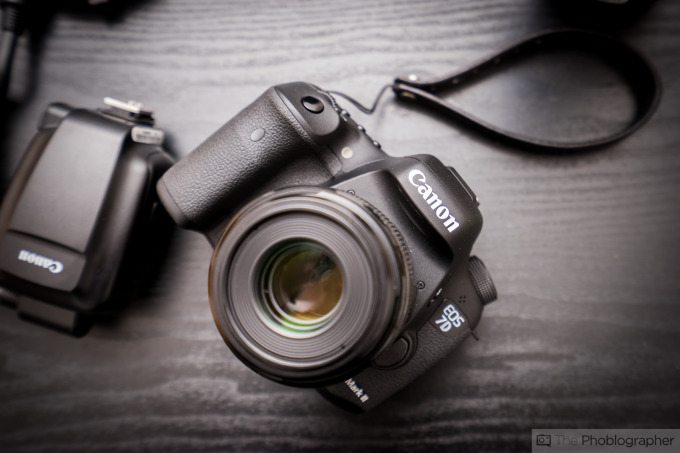
Here are the pros and cons from our full review:
Pros
- Excellent autofocus system
- Big, beautiful viewfinder
- Dual card slots enable you to shoot with some images transferring over Wifi if you use an EyeFi Card
- Fast FPS shooting at 10 frames at second
- Better ETTL transmission with Canon products
- Versatile RAW files
- Weather sealing
- Phenomenal battery life
- Pretty decent high ISO results
Cons
- Autofocus with Sigma glass can be messy and inaccurate
- TTL transmission problem with Phottix products. Again, this is a Canon problem.
- Not much of a step up beyond the original Canon 7D
Buy now: $1,257.67
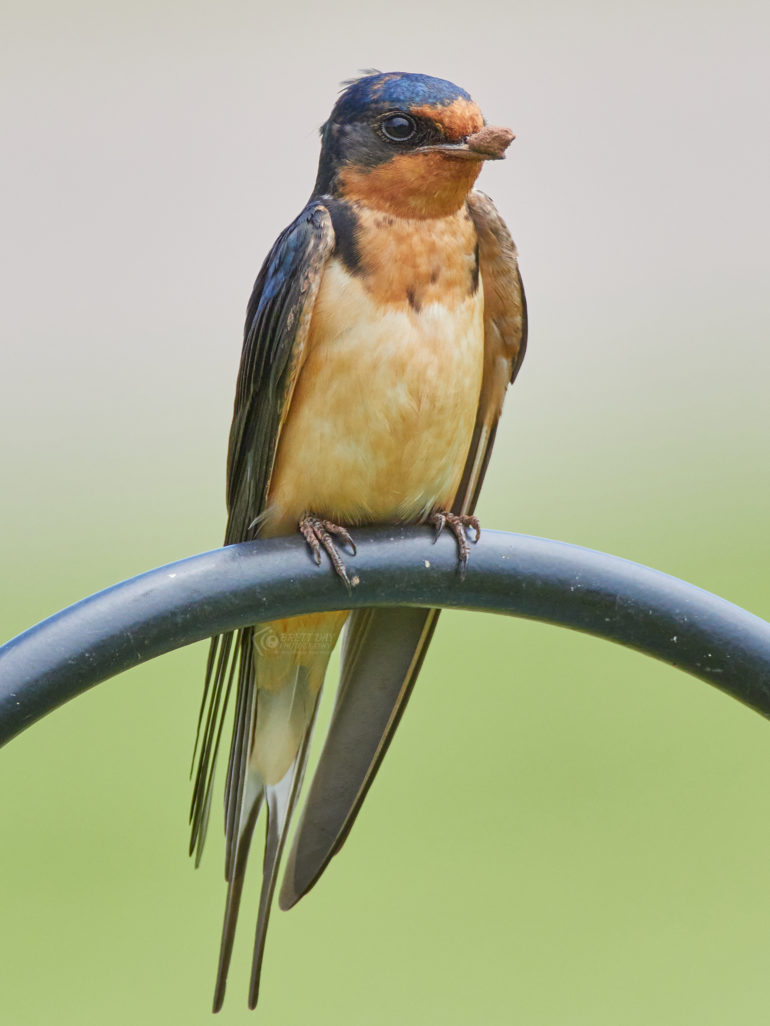
Pro Tip: All the small sensor cameras listed here are incredible when it comes to their overall performance. In fact, there is not a single camera here that shoots less than ten frames per second. Having such high burst rates is fantastic, especially if you shoot sports, wildlife, or other types of action, but fast frame rates can fill up your SD cards quickly. We recommend keeping spare SD cards on your person all the time. Not only will it enable you to keep shooting when one fills up, but you’ll also be covered if the one you are using corrupts. SD cards are cheap now, so it is wise to stock up and save while you can.
Sony a6600
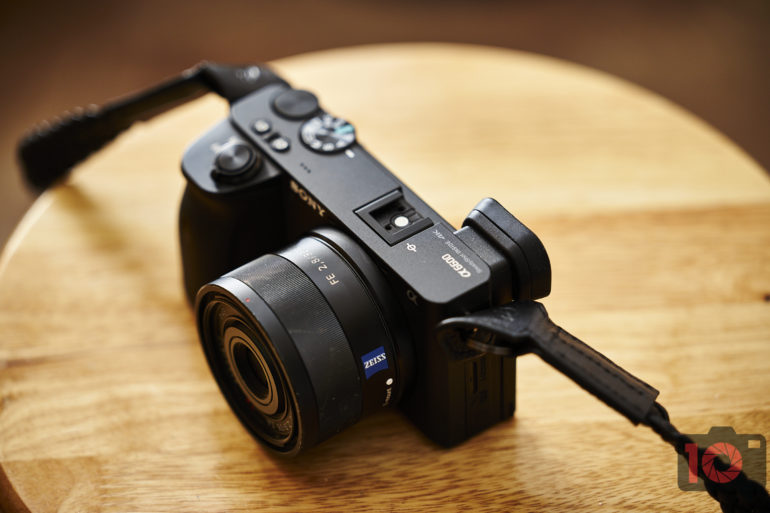
Here are the pros and cons from our full review:
Pros
- Feels better than all other APS-C Sony cameras
- It’s a mini a9
- The bigger battery is a very welcome addition
- Weather sealing is nice
- Image stabilization
- The combined weather sealing and bigger battery mean you can go all day on a single charge
- Lightweight and small-sized camera
- The quiet shutter in addition to the silent option
- A lot of buttons that help you get around some of the issues
- Fast-focusing even on the streets with continually changing light
- There is almost no reason to take it off of wide tracking and continuous autofocus
- Face detection for animals is very fun
- Low ISO detail retention in highlights and shadows is pretty good
Cons
- No lock on the mode dial
- Sony refuses to give us three direct control dials. Why?
- Sony refuses to put a joystick on the back
- No Dual Card Slots
- Face detection doesn’t seem as advanced as the a7 and a9 series
- Sony still limits a photographer from having full use of the touchscreen in a way similar to Canon and Panasonic
- The screen is sort of low resolution compared to the full-frame cameras
- It needs a viewfinder that flips up
- Focus peaking on the APS C bodies used to be amazing, and now not so much
- Detail loss above ISO 3200
- Why no USB C charging or port? Only Mini?
Buy now: $1,398
Panasonic GH5s
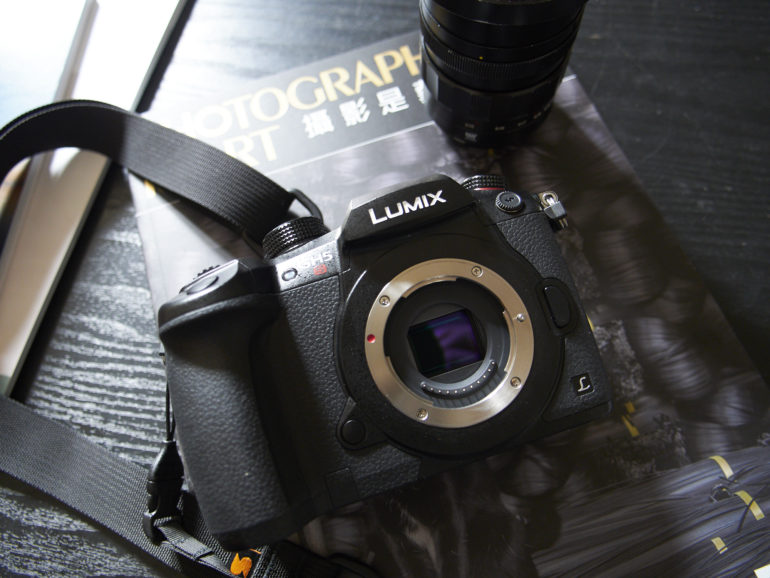
Here are the pros and cons from our full review:
Pros
- Weather sealing
- Great autofocus in most situations
- Focus peaking for manual focus lenses
- High ISO output is great
- Because this is a 10.2MP Four Thirds sensor, the pixels are more densely packed and therefore give off pretty detailed images.
- Tactile things on the buttons make you realize what they are
Cons
- That’s a lot of money to pay
- Detail loss above 6400 is a bit too much
Buy now: $1,797.99
Nikon Z50
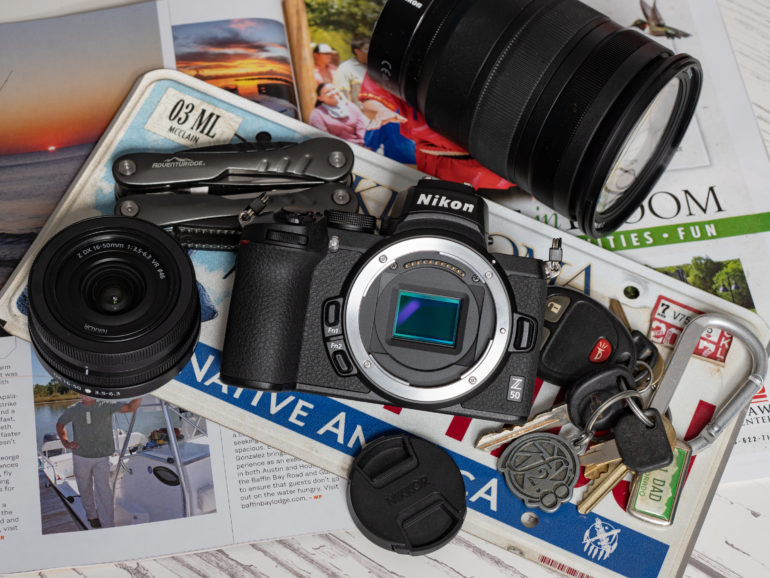
Here are the pros and cons from our full review:
Pros
- The best ergonomics of any APS-C Mirrorless camera I’ve used
- Weather sealing
- Nice image quality
- A nice touchscreen interface (including menus)
- Capacitive controls make good use of some otherwise dead real estate
- Astonishing high ISO performance
- Good all-around autofocus and tracking performance
- Great battery life
- A nice, clean menu system
- The screen does a poppy thing (folds out from the body and down)
Cons
- The Z mount looks hideously huge on this camera
- The touchscreen is not fully articulating: an odd choice for a hybrid camera that’s for video and stills
- The Z50 is limited to 30-minute captures when filming and has no IBIS nor dedicated headphone jack: again, some odd choices for a hybrid camera
- Ony one UHS-1 card slot
Buy now: $856.95
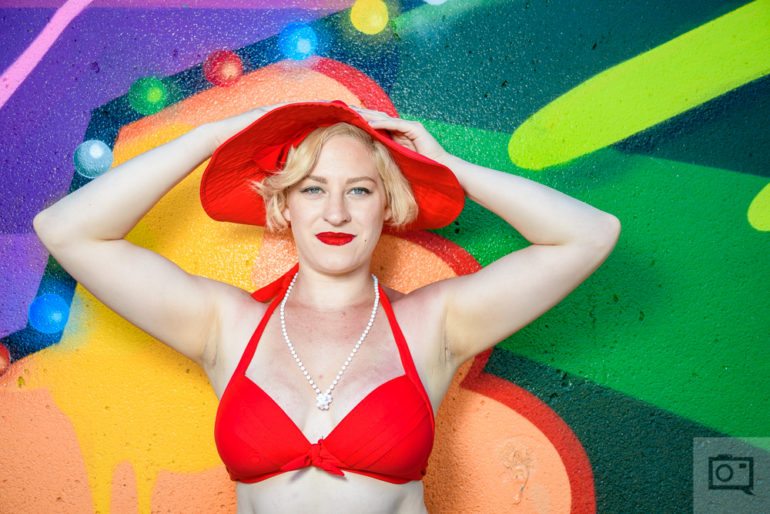
Pro Tip: No matter what type of camera you use, you’re going to need to take care of it if you want it to perform at its very best, and last for years to come. Cleaning your camera and all your gear is incredibly important but something continuously overlooked. We recommend keeping a basic cleaning kit with you at all times so you can clean your equipment while you’re out and about, and so you can give your camera a more thorough, deep cleaning bi-weekly. This cleaning kit is affordable and has everything you need to keep your gear in great shape.
Olympus OMD EM1 III
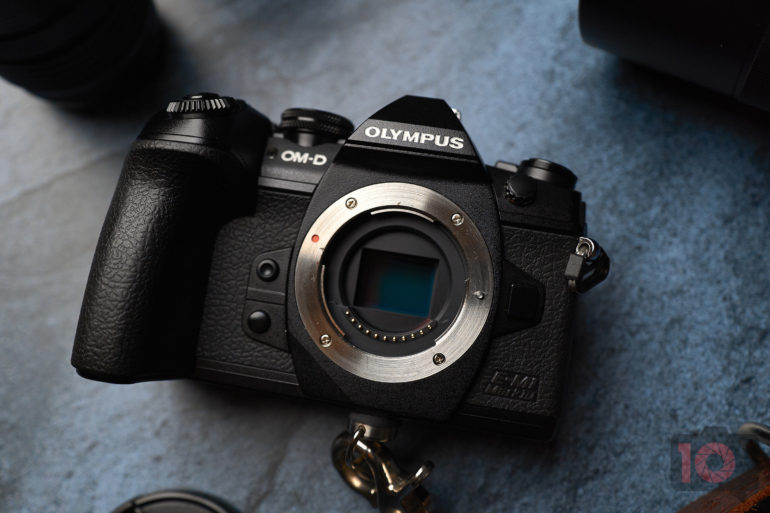
Here are the pros and cons from our full review:
Pros
- Feels nice when shooting for a long time
- We like the shutter sound
- Good continuous autofocus which does tracking
- The processor is fantastic
- The art filters continue to make Olympus unique amongst other camera brands. Shooting surfers with the cross-process and the vintage filter was so fun. Same with grainy black and white.
- Live composite is so incredibly pleasant, along with Starry AF.
- It survived sand and saltwater
- Continuous AF+Tracking works well with wide angles
- The custom shooting mode switch on the back is something every adventure brand should have
- This is the foundation for an Olympus camera we’d want to bring with us everywhere
- Handheld high res shot continues to be one of the best things ever
- Face detection works on monkeys
Cons
- Battery life in the heat and the cold
- Still no rating system in the playback menu. Why?
- C-AF + Tracking is useless with telephoto lenses
- Why no touchscreen menus?
- Olympus’s menu system continues to give headaches
- Some of the parts seem very dated. Like the EVF, the sensor, and some of the dials
- A top screen LCD could have made shooting easier
- Why couldn’t it have Dual UHS-II Card slots
- Could really use no blackout in the EVF
Buy now: $1,699
Fujifilm XT4
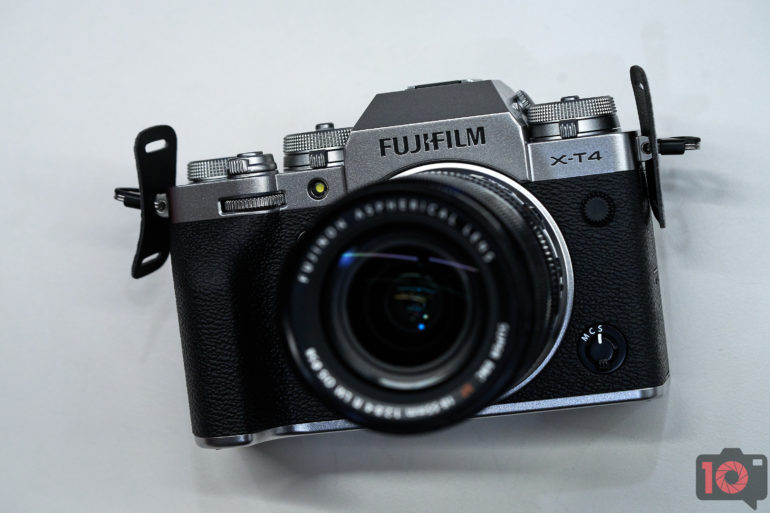
Here are the pros and cons from our full review:
Pros
- Excellent build quality and weather sealing
- Upgraded autofocus performance
- Articulating touchscreen, finally!
- Dual UHS-II SD card slots
- Some of the best in-camera image stabilization we’ve seen
- Deeper grip
- New Bleach Bypass film simulation
- Larger battery (can be tripled when using the VG-XT4 vertical grip)
- A lot of technology for $1,699
Cons
- Some of the menus in the Fujifilm XT4 still aren’t touch compatible
- Inconsistent high ISO performance
Buy now: $1,699


